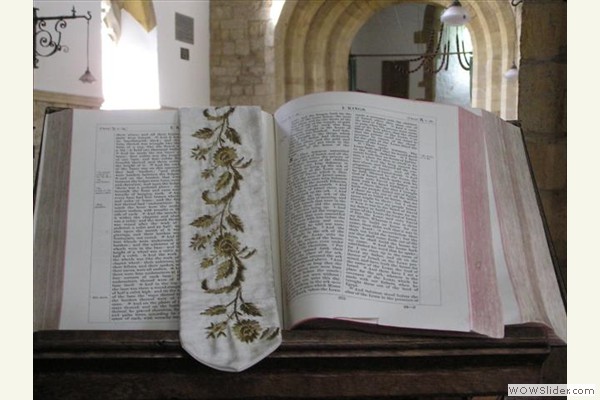
The Great Commentary Of Cornelius À Lapide Volumes 1 To 8
COMMENTATORS
Very many persons have written commentaries upon the Gospel of S. John, and among them the principal Greek and Latin Fathers. Among the Greeks, after Origen, who composed thirty-two tomes, or books, upon this Gospel, were S. Cyril, Patriarch of Alexandria, who has written a learned and very excellent commentary. He has written a didactic work, and is especially able and skilful in expounding the literal sense. S. Cyril’s commentary on S. John’s Gospel consisted originally of twelve books. But of these the fifth, sixth, seventh, and eighth have perished. Their loss has been supplied by Clictovæus, a doctor of Paris, whose work has been mistaken by many learned men for the original of S. Cyril.
A second commentator is S. Chrysostom, who seems to have been imbued with the very spirit of S. John himself. He wrote eighty-seven homilies on this Gospel.
A third is Theophylact, and a fourth Euthymius. They, as is usual with them, follow S. Chrysostom. Theophylact is the more diffuse of the two.
A fifth commentator is Nonnus Panopolitanus, an Egyptian, and a very eloquent writer, who, as Suidas says, explained the virgin theologian, that is, John the Evangelist, in heroic verses. Although the commentary of Nonnus can properly only be called a paraphrase, nevertheless in many places he points out and illustrates the meaning of the Evangelist in pithy sentences.
Among the Latins the first and chief commentator is S. Augustine, who has written systematically upon the whole Gospel in one hundred and twenty-four tractates.
The second is Venerable Bede, who follows S. Augustine passim, and often word for word.
A third commentary is what is called the Gloss. Where observe that the Gloss is tripartite. The first is the Interlinear Gloss, so called because written between the lines of the sacred text. For that reason it is brief, but pithy, and treats many things in the Gospel learnedly and usefully. The second is the Marginal Gloss, because written on the margin of the text. To this is subjoined the Gloss of Nicolas Lyra. This Nicolas was called Lyra from a village in Normandy. He was a Jew by birth, and was converted to Christianity. He entered the Franciscan Order, and taught scholastic theology, A.D. 1320. He was a learned man, and skilled in Hebrew. He wrote his Gloss upon S. John and the other sacred writers, expounding them literally, and became so celebrated that it has passed into a proverb—
“If Lyra’s hand had erst not swept his lyre,
Our theologians had not danced in choir.”
However, we must keep this in mind, that he is too credulous with regard to Jewish fables and puerilities, giving too much heed to writers of his own nation, to the Rabbin, and especially to R. Salomon, who is a great retailer of fables.
In later ages, and especially in our own day, many commentaries have been written upon this Gospel. Pre-eminent among them are Maldonatus, of the Society of Jesus, who is copious, acute, elegant, and learned: Cornelius Jansen, who is exact, solid, and to be depended upon: Frank Toletus, who displays a sound judgment, especially in the application of metaphors and similitudes. Sebastian Barradi has written a good literal commentary, mingling with it moral reflections. He is useful to preachers in affording materials for sermons, and showing how to treat them. Frank Ribera is brief, but as usual excellent and learned. Frank Lucas is entirely literal, but he uses the letter to draw the reader to pious affections.
Among the heretics, Martin Bucer, Wolfgang Musculus, Bullinger, Brentius, Calvin, and Beza have written upon S. John’s Gospel. Of all these authors Augustinus Marloratus has made a catena, which I read through and refuted when I was in Belgium.
Copyright ©1999-2023 Wildfire Fellowship, Inc all rights reserved

 Keep Site Running
Keep Site Running